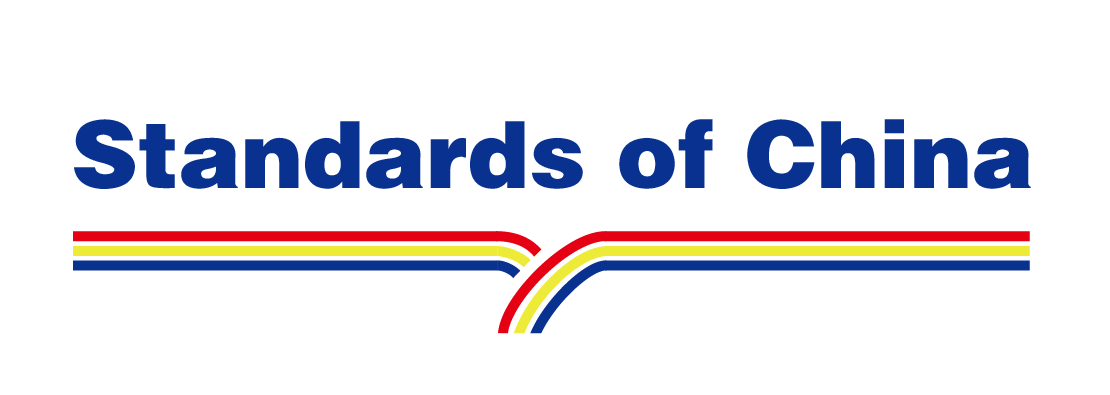1 Scope
This standard is intended to provide guidance on atmospheric radiation effects on avionics electronics used in aircraft operating at altitudes up to 18.3 km. It defines the radiation environment, the effects of that environment on electronics and provides design considerations for the accommodation of those effects within avionics systems.
This standard defines the radiation environment and its radiation environmental effects in avionics, and proposes the design requirements for the prevention and control of these effects in avionics systems.
This standard is intended to help avionics equipment manufacturers and designers to standardise their approach to single event effects in avionics by providing guidance, leading to a standard methodology.
Details of the radiation environment are provided together with identification of potential problems caused as a result of the atmospheric radiation received. Appropriate methods are given for quantifying single event effect (SEE) rates in electronic components. The overall system safety methodology should be expanded to accommodate the single event effects rates and to demonstrate the suitability of the electronics for the application at the component and system level.
2 Normative References
The following referenced documents are indispensable for the application of this document. For dated references, only the edition cited applies. For undated references, the latest edition of the referenced document (including any amendments) applies.
GB/T 34955-2017 Atmospheric Radiation Effects — Guidelines for Single Event Effects Testing for Avionics Systems (IEC 62396-2:2012, IDT)
IEC 62239-1:2015 Process Management for Avionics — Management Plan — Part 1: Preparation and Maintenance of an Electronic Components Management Plan
IEC 62396-3 Process Management for Avionics — Atmospheric Radiation Effects — Part 3: Optimising System Design to Accommodate the Single Event Effects (SEE) of Atmospheric Radiation
IEC 62396-4 Process Management for Avionics — Atmospheric Radiation Effects — Part 4: Guidelines for Designing with High Voltage Aircraft Electronics and Potential Single Event Effects
IEC 62396-5 Process Management for Avionics — Atmospheric Radiation Effects — Part 5: Guidelines for Assessing Tthermal Neutron Fluxes and Effects in Avionics Systems
3 Terms and Definitions
For the purposes of this document, the following terms and definitions apply.
Note: Users of this international standard can use alternative definitions consistent with convention within their companies.
3.1
aerospace recommended practice
documents relating to avionics which are published by the Society of Automotive Engineers (SAE)
3.2
analogue single event transient ASET
spurious signal or voltage produced at the output of an analogue component by the deposition of charge by a single particle
3.3
availability
probability that a system is working at instant t, regardless of the number of times it may have previously failed and been repaired
Note: For equipment, availability is the fraction of time the equipment is functional divided by the total time the equipment is expected to be operational, i.e. the time the equipment is functional plus any repair time.
3.4
avionics equipment environment
applicable environmental conditions (as described per the equipment specification) that the equipment is able to withstand without loss or degradation in equipment performance during all of its manufacturing cycle and maintenance life
Note: The length of the maintenance life is defined by the equipment manufacturer in conjunction with customers. 